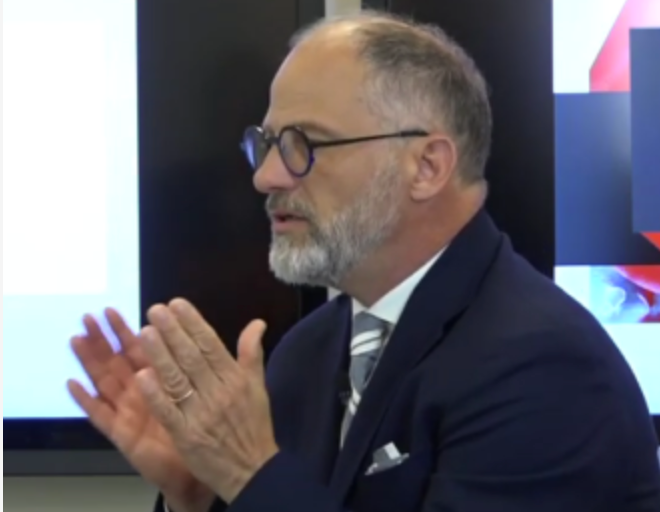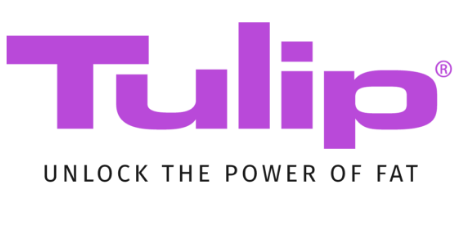Dr. Ramon Llull tells his story of his involvement with the science of TRUE NanoFat
Posted February 03, 2021 in Uncategorized | 5 minute read
Points of Discussion
- Dr. Lull’s history with Tulip NanoFat
- Recent studies and developments
- What’s next for NanoFat
How Dr. Llull Got Involved With Tulip NanoFat
Interviewer: So we’re here with Dr. Ramon Llull. You are one of the pioneers behind this treatment that we’re talking about, Tulip NanoFat. You were a resident at the University of Pittsburgh when this treatment started to come to the forefront. How did you really get involved with it?
Dr. Llull: Well, it was a truly serendipitous process. After my Ph.D. in immunology, I wanted to pursue a career in plastic surgery, academic research, academic surgery, and University of Pittsburgh just provided with the right aspect of immunology and plastic surgery training. And then the interest in adipose came naturally because adipose tissue is accessory, abundant, and accessible source of cells. And, you know, regenerative medicine requires a lot of cells. So it makes sense to explore adipose tissue as a source of cells that would enable, you know, the regenerative strategies of the future.
Recent Studies
Interviewer: So you were there from the very beginning. What are some of the more recent studies and work that you’ve been doing in regards to this?

Dr. Llull: We were facing an important challenge. And the important challenge was that initially we took the fat and we basically dissolved the fat using enzymes. And we didn’t know how successful we were because we didn’t know how many cells there were actually in the fat. And therefore we could not know how successful we were.
So the breakthroughs that really made us think of it was the fact that we came up with this small gadget that allow to apply a sheer force to the adipose tissue. And we noticed that by doing this, the fragile cells, the one that are oil-laden, that they’re full of oil, they basically burst. So what is left are the real regenerative powerful cells that we wanted to study.
Interviewer: So is this the most recent research that you’ve been doing that has been accepted to PRS?
Dr. Llull: Correct.
Interviewer: Correct, okay. Well, congratulations on that first of all.
Dr. Llull: Yeah, it’s been fun.
Takeaways From Recent Research
Interviewer: So what are the most important takeaways then from this research besides what you’ve already talked about?
Dr. Llull: The takeaway from this is that finally we can really find out the amount of cells and we just take it or leave it. But we have about 10 million cells in one very small cc of fat. So that’s quite interesting because then we go to enzymatic digestion to those enzyme-generated cells, and we say, “Oh, that’s only a small amount of only isolated cells,” but now if we are able to get rid of all these mature adipocytes, then we have a powerful, cell-dense inoculum that serves, you know, interesting therapeutic purposes.
Interviewer: And the key findings from your research has been published in PRS. Why is this so important with TNF?
Dr. Llull: Well, it’s important because, you know, the nanofat technology allow us to get rid of these mature adipocytes. And therefore whatever is left is a fragment of the initial tissue that is very rich with the other regenerative component that is abundant in the adipose tissue. But before, it was distributed into, you know, these balloon-like cells that made these generative apart to one another. Now, we can just concentrate it and, in a very small volume, we have a lot of cells to work with.
What’s Next?
Interviewer: So you’ve already come such a long way in regards to TNF. What do you think is next for the future of the research?
Dr. Llull: What is going to be next is to take these cells and really identify where best they work, where they work best. Sorry.
Interviewer: And then how do you think that…how will you accomplish that through research and what kinds of things would you be doing?
Dr. Llull: Okay, so what we’ve done is we have set up a series of tests in the lab and these tests allow us to ask the cells, “Do you do this function better or worse than your other counterparts?” Okay, so for instance, we have set up a potency assay, a test to ask the cell, “Are you able to scar down this tissue better or worse than the other cells? Are you able to generate sprouting vessels, you know, capillary vessels better or worse than the others? Are you able to control the inflammation better or worse than the others?”
So with these tools, we’re able to screen which cells do perform better for a given task. And in this way, we would say, “Okay, look, if we concentrate these type of cells or that task ahead, we’re going to get a better clinical outcome.”
Interviewer: So it sounds like there are a lot of exciting things to come still.
Dr. Llull: It is. And it is basically because we have now a different tool. You know, we doctors have two tools, either a drug or scalpel. Well, now, we begin to see with clarity that a cell can actually be a new tool to heal and that’s something that it is exciting…
Interviewer: Yeah, it’s very exciting.
Dr. Llull: …you know, especially if it is our own cells, you know?
Interviewer: Yeah, definitely. Well, thank you so much for taking the time to share your insight and expertise with us.
Dr. Llull: It’s a pleasure.




